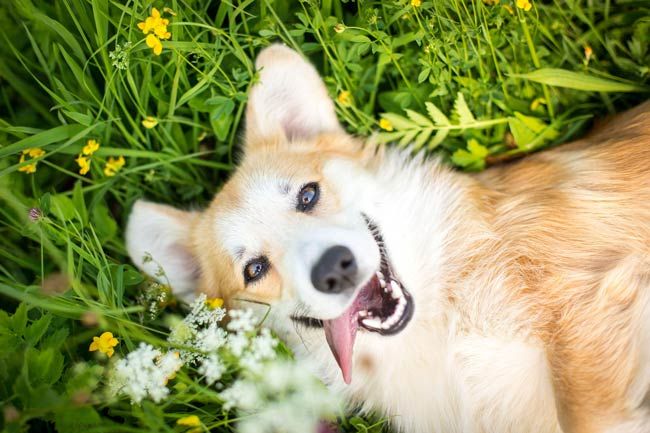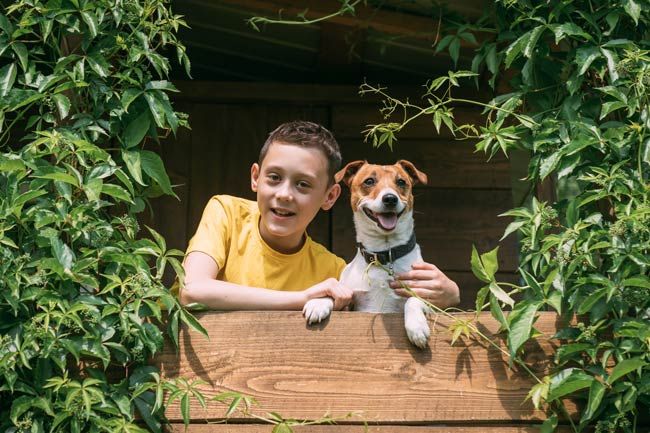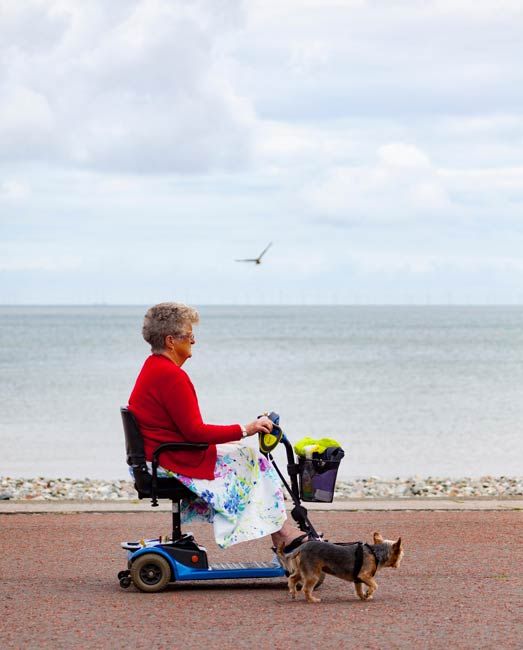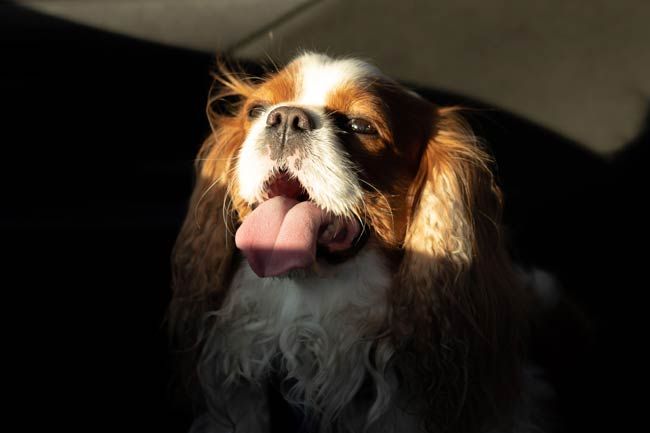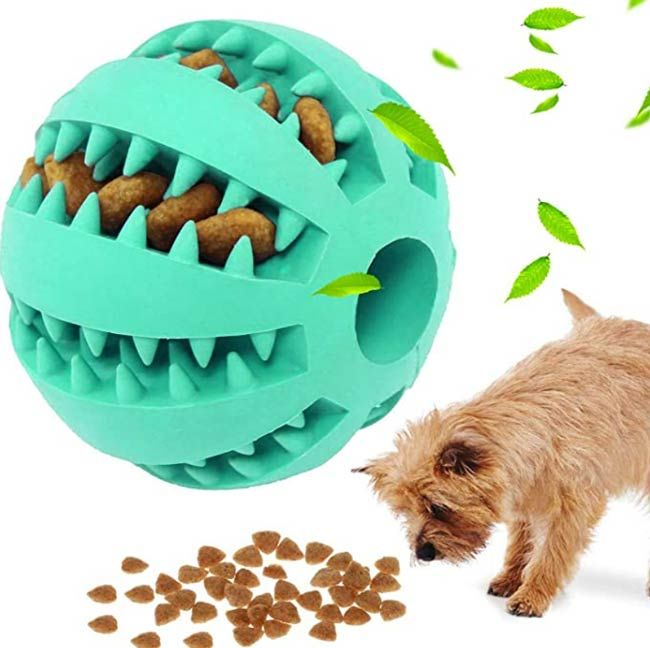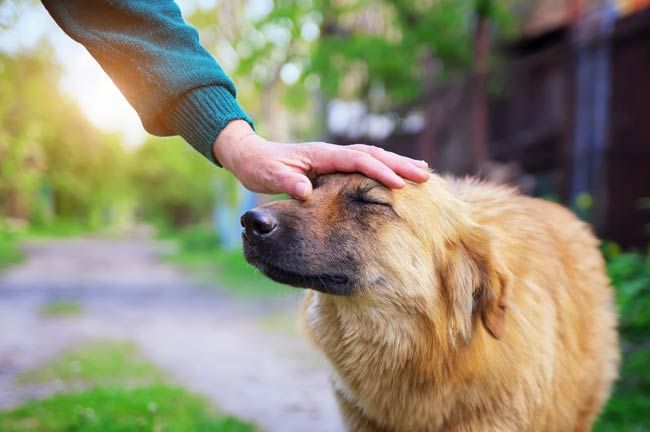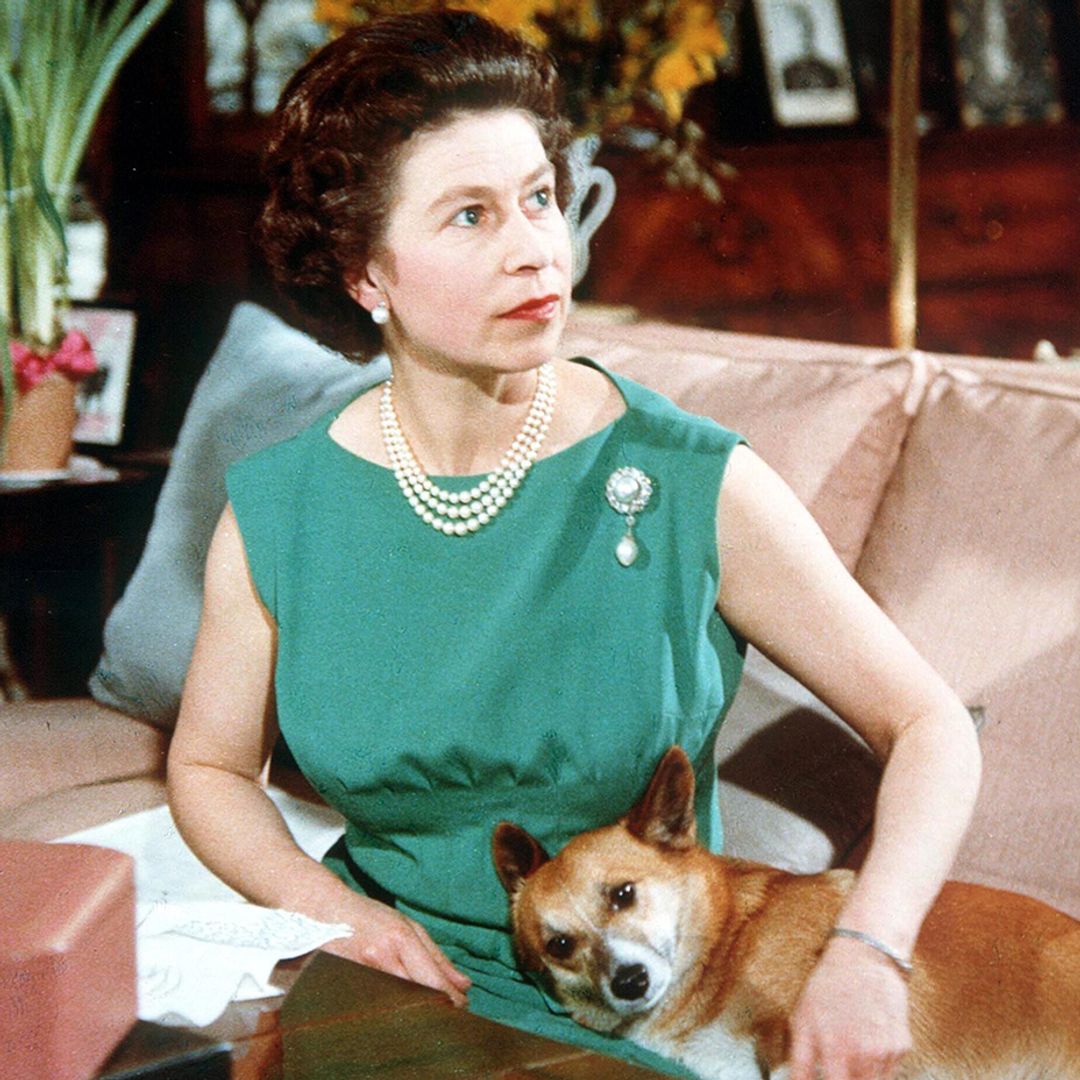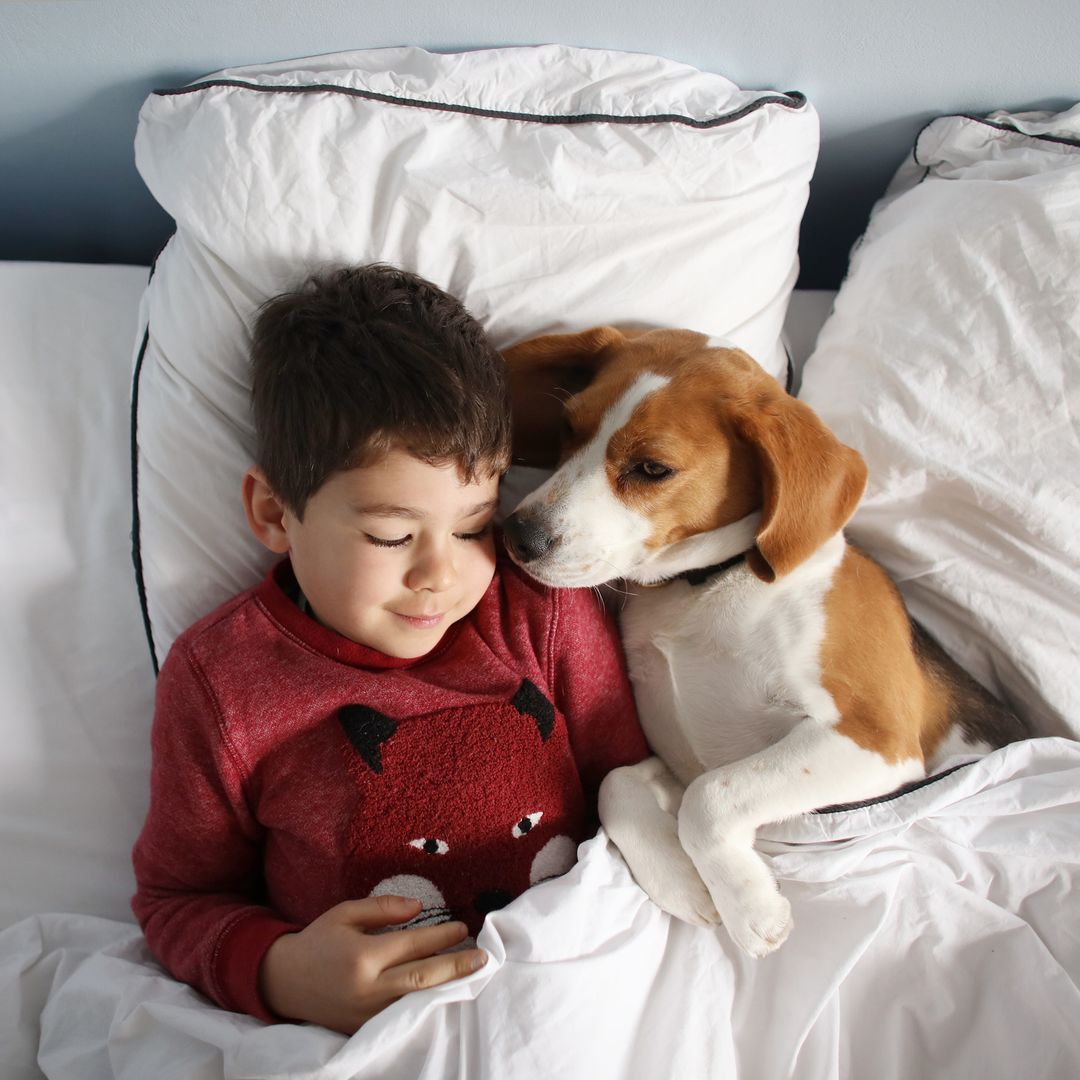Dogs are part of the family and when they are sad you will want to do everything that you can to take care of them. This week the hearts of the nation melted at the sight of the late Queen Elizabeth II's beloved Corgis, Muick and Sandy, when they appeared at Windsor Castle on the day of the monarch's state funeral on Monday 19 September.
SEE: 10 most expensive dog breeds in the UK - meet the priciest pooches
Is it possible to help a dog recover from depression or even grief over the loss of an owner? The answer is yes. Dog expert and Founder of Yappy.com, John Smith, assures HELLO! readers that while "no dog can ever really get over their owner dying, just like humans they have to learn to live with it. Some dogs suffer more than others; however, every circumstance is different, and it usually depends on where they are taken to and how well they are looked after."
Get your beloved canine back on their paws again
With this in mind, we have gathered some top tips from experts including the RSCPA and wonderful ideas from This Morning's vet Dr Scott Miller to help your dog through their emotional rough patch at home.
Speak to your vet if you are worried
Speak to your vet first if you are concerned about your dog's behaviour. They may then refer you to a clinical animal behaviourist.
PHOTOS: The Queen at home with her Corgis will make you smile
READ: 5 easy ways to keep your dog safe from theft
How can I cheer up my depressed dog?
Keep your dog company
Dogs are social creatures and love company
The RSCPA notes that dogs are highly social, and many dogs enjoy the company of other dogs, but they'll also form strong social bonds with humans, becoming very attached to particular people in their lives.
Speak to and physically engage with your depressed dog at regular intervals and make sure that you don't leave your dog alone for prolonged periods of time.
Keep your dog fit
Every dog needs exercise
How much exercise, and the type of exercise your dog needs will largely depend on your dog's habits, age and health. Advise from the RSCPA is to: "Try to find a safe area where you can let your dog off the lead for a good run around."
It is important to note that your dog needs to be taught how to walk on a lead as this will keep them safe from traffic and will also help you to prevent any unwanted interactions with livestock and young children.
Brighten up your dogs day
Dogs can suffer from the winter blues too
During the short daylight hours of the autumn and winter months, it will be incredibly beneficial for your dog to be exposed to as much daylight as possible as this will help to regulate their sleeping patterns, eating habits and mood.
Consider investing in a UV-free Light Therapy Lamp to keep on inside the house during the day if you are only able to take your dog outside for a walk in the morning and evenings.
Light Therapy 'SAD Lamp' (UV Free), £30.99 / $33.41, Amazon
SHOP NOW
SEE: Stacey Solomon's heartbreaking birthday cake tribute for son Rex will surprise you
Can dogs suffer from Seasonal Affective Disorder (SAD)?
Yes, dogs can absolutely suffer from SAD and UV lamps are also a brilliant way to combat this in your pet. Another at-home treatment that vet Dr Scott Miller has suggested to viewers on This Morning is introducing your dog to brand new toys.
Introduce your dog to new toys
A new toy will work wonders for your dogs
When advising on the treatment for SAD in dogs, Dr Scott says: "One of the key things is just to make sure that your dog isn't bored. Boredom makes for mischievous pets so you want to try to stimulate them with environmental enrichment."
Toys that intermittently deposit treats are a clever way to keep your pooch engaged in a new toy.
Dog Treat Ball, £9.99 / $10.71, Amazon
SHOP NOW
Dr Scott also advocates the use of pet-friendly calming aromatherapy agents that are great for soothing your dog if they are anxious and depressed.
Dogs respond well to being introduced to a wide variety of scents
If you find that your dog barks for prolonged periods when left alone this may be because your dog is unhappy and has difficulty coping.
SEE: 6 best sunscreens for dogs to protect your pup in the heatwave
How to tell if your dog is depressed
Dogs are similar to humans in some respects
Some of the symptoms of depression in dogs are similar to those in humans, but it is important to look out for clues that are unique to your canine companion:
A loss of interest in the things they once enjoyed.
An increase in the amount of time spent sleeping.
A sudden decrease or increase in appetite.
Signs of excessive paw licking or nail biting.
An increase in barking.
Habitual flattening of the ears.
Looks for the physical clues
How can I understand my dog's behaviour and body language?
As a dog owner, it's always a good idea to keep an eye on your pet's behaviour and be on the lookout for any changes, as these can be a sign that something's wrong. The RSPCA has compiled a handy set of guidelines with pictures to help you recognise important body language signals and get to know how your dog is feeling. Read more here.
Your dog will be right as rain with the right treatment and care
Like this story? Sign up to our HELLO! newsletters to get other stories like this delivered straight to your inbox.
HELLO!'s selection is editorial and independently chosen – we only feature items our editors love and approve of. HELLO! may collect a share of sales or other compensation from the links on this page. To find out more visit our FAQ page.


